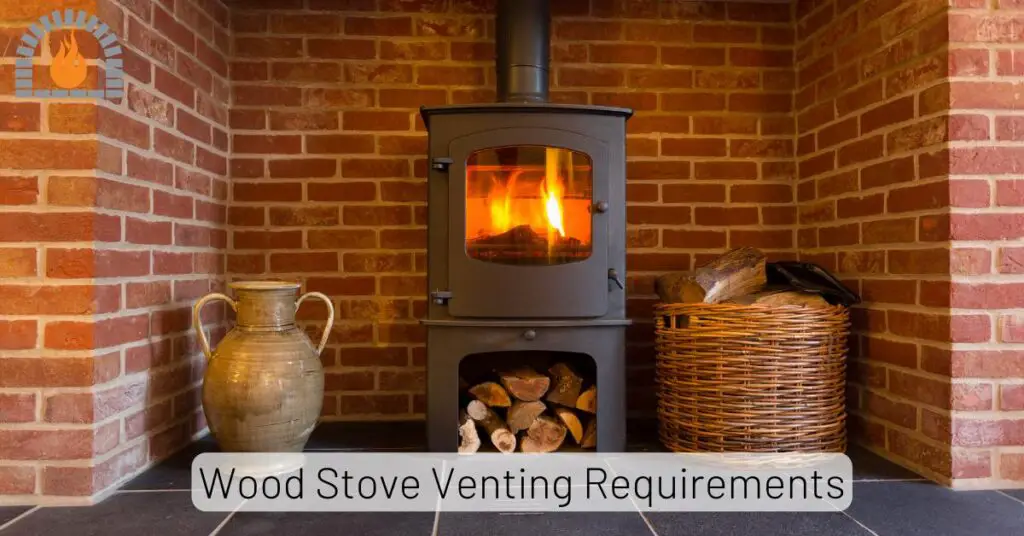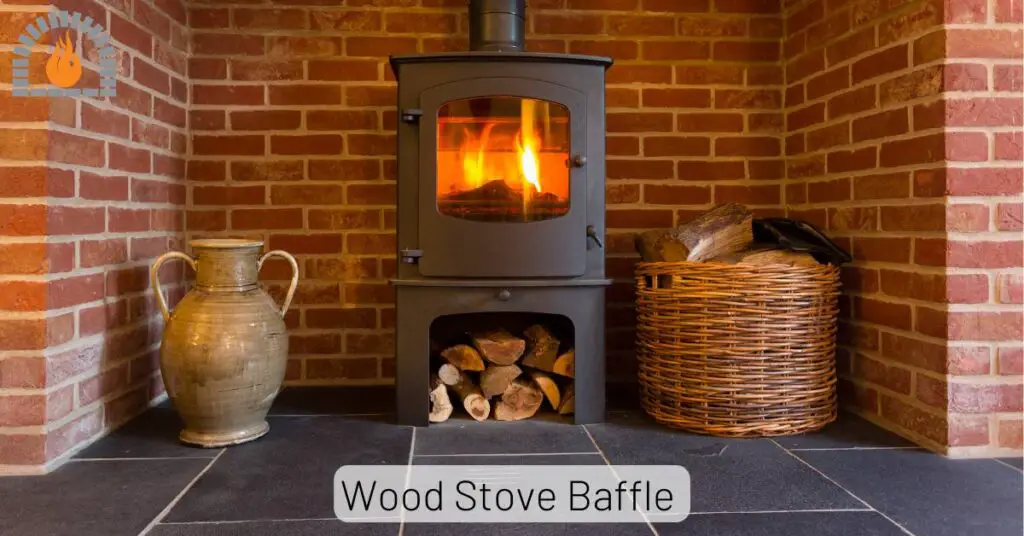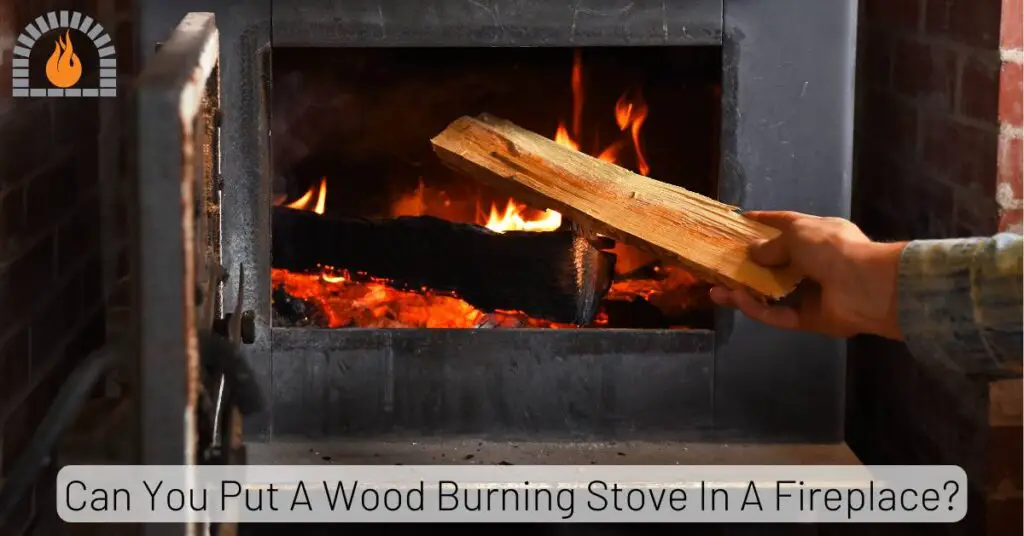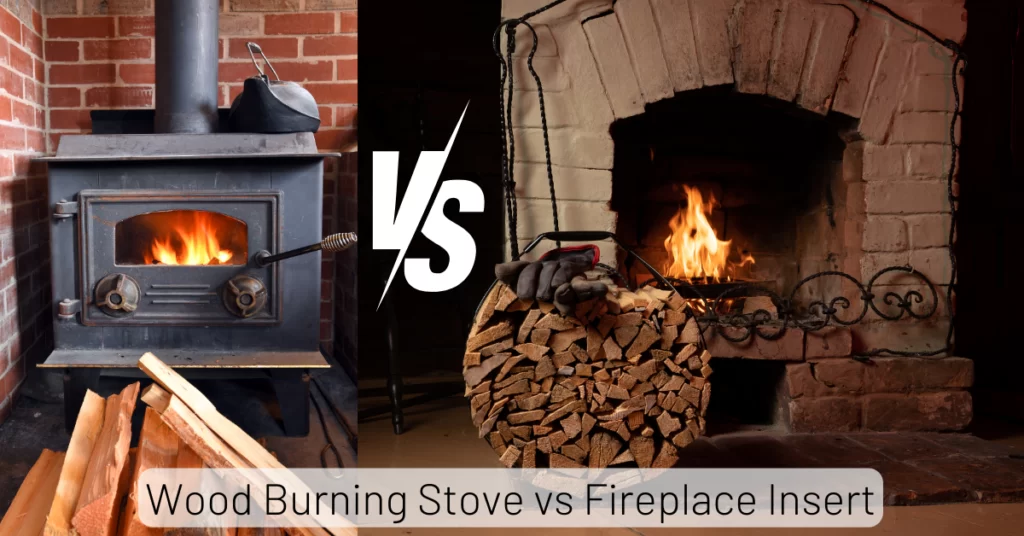Wood stoves are an excellent, eco-friendly way to heat your home, and the Grandpa Bear Fisher wood stove is no exception. This particular model, known for its durability and effectiveness, has been a household favorite for decades.
However, like any appliance, it requires proper care and maintenance to function at its best. In this guide, we’ll dive into some of the most common issues Grandpa Bear wood stove owners face and how to fix them, ensuring your stove runs smoothly for years to come.
How the Grandpa Bear Fisher Wood Stove Works
Before we tackle the common problems, it’s essential to understand how the Grandpa Bear stove operates.
This wood-burning stove functions by drawing in air to feed the fire, which heats the surrounding metal. The heated air then radiates into your home.
The stove is built to be robust, with components like firebricks, a door gasket, and a chimney or flue that all play crucial roles in maintaining efficiency.
Premium Pick
EPA Certified Pedestal Wood Burning Stove, Black
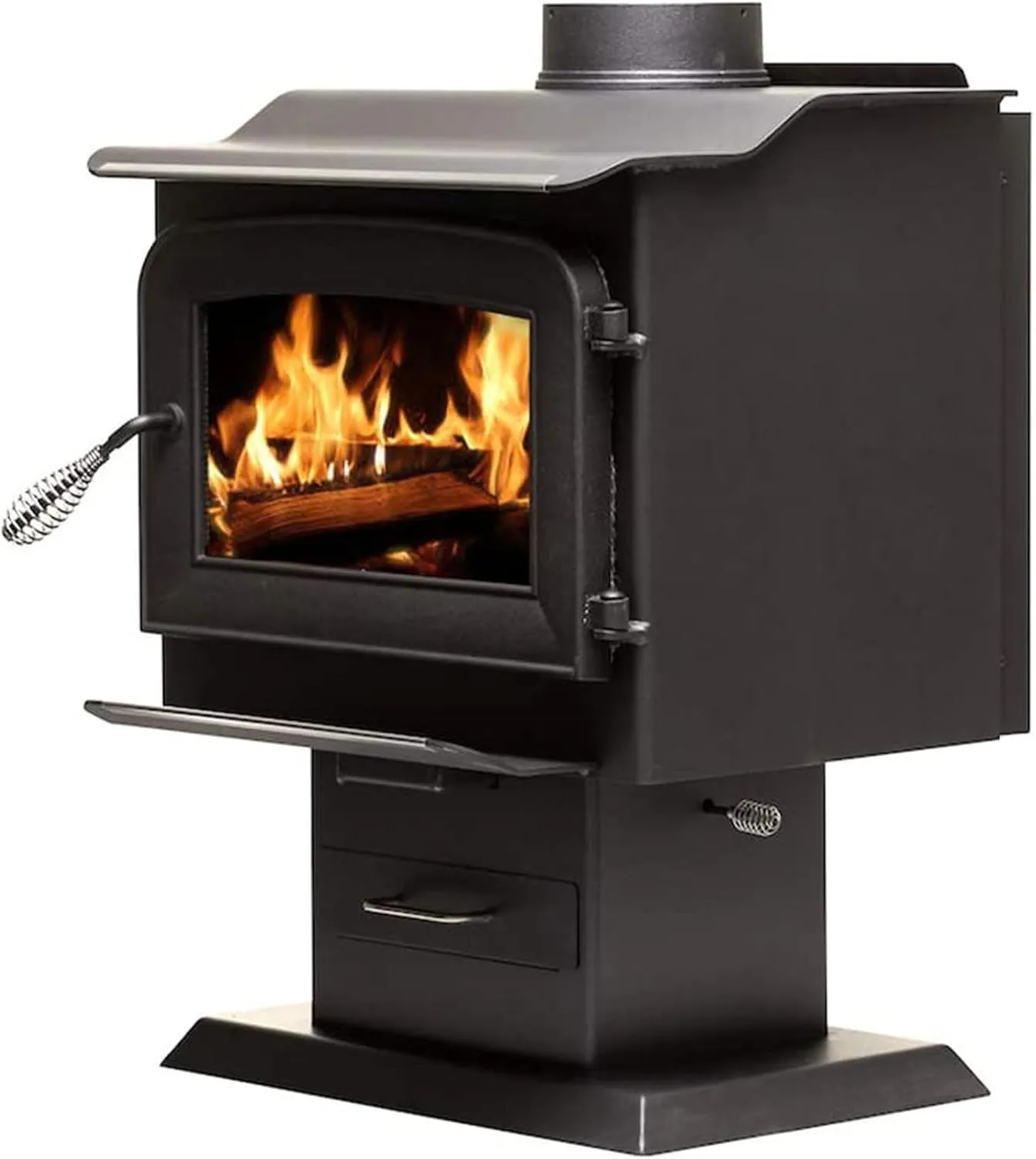
Premium Pick
1,500 square ft. Heating Capability Serenity Pellet Stove
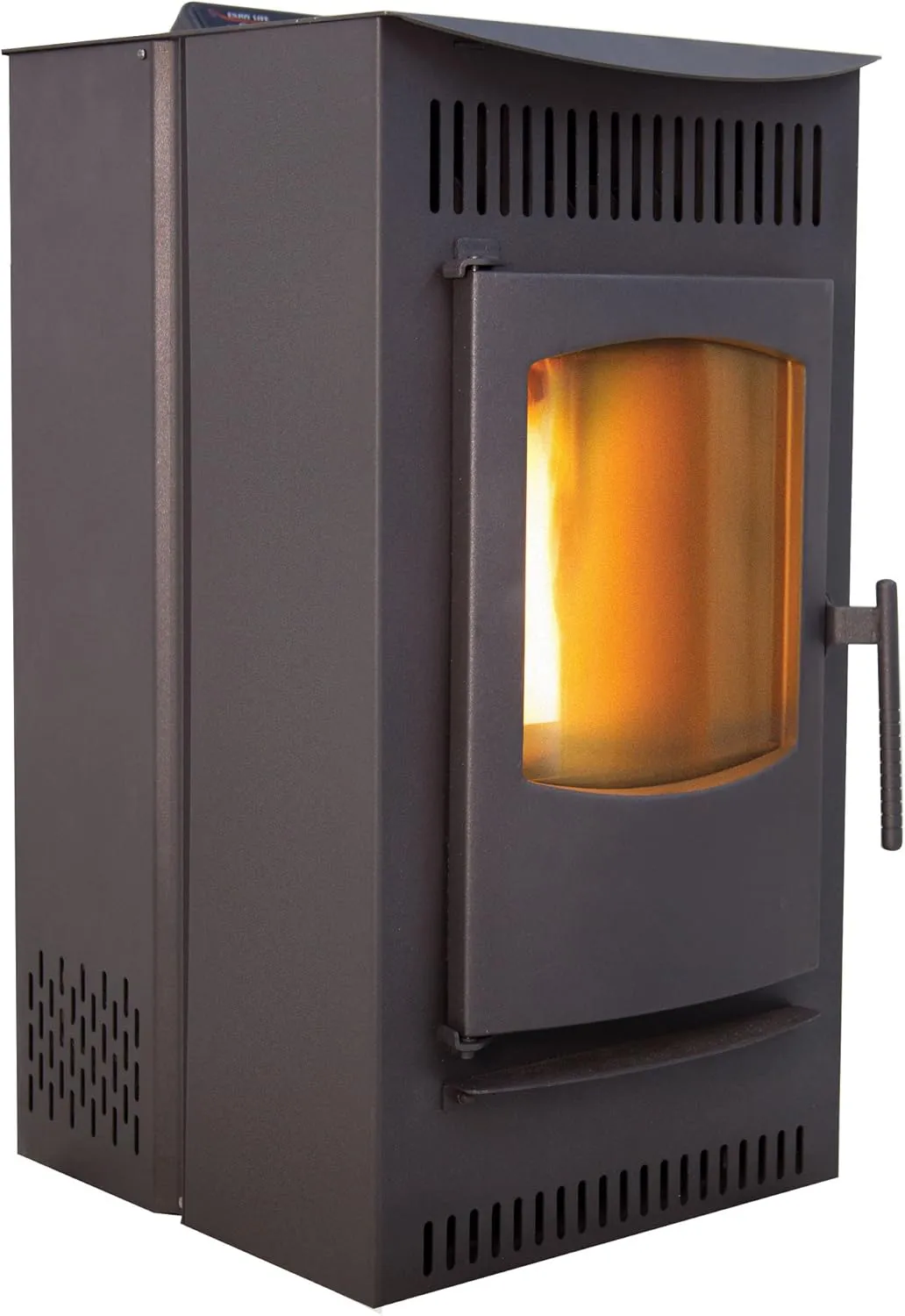
Common Issues with Grandpa Bear Fisher Wood Stoves
Even though the Grandpa Bear Fisher is built to last, certain problems are inevitable with prolonged use. Let’s explore these issues and how to fix them.
Issue #1: Inefficient Heating
One of the most common complaints received from Bear Fisher Wood Stove owners is inefficient heating, where the stove isn’t warming your home as effectively as it used to. This issue can arise from several causes, including:
- Buildup of creosote in the chimney
- Damaged firebricks that aren’t retaining heat
- Inadequate air supply due to a clogged damper
To fix this, start by cleaning the chimney and inspecting the firebricks. Also, check if the damper is functioning correctly and allowing sufficient airflow.
Issue #2: Smoke Leakage
If smoke is leaking from your Grandpa Bear stove into your home instead of venting through the chimney, it’s a serious issue. Common causes include:
- A clogged chimney or flue
- Improper installation of the stove
- Negative air pressure in your home
First, inspect the chimney and clear any blockages. Ensure that the stove is installed according to the manufacturer’s guidelines.
If your home has a tight seal (which can cause negative air pressure), try cracking open a window to allow air to flow more freely.
Issue #3: Damaged Firebricks
Firebricks line the inside of your Grandpa Bear stove and play a vital role in insulating the heat.
Over time, these bricks may crack or become damaged, reducing the stove’s efficiency and posing a safety risk.
If you notice damaged firebricks, they need to be replaced. This is a relatively straightforward process:
- Remove the damaged bricks carefully.
- Purchase the correct replacement size.
- Install them by sliding them into place, ensuring a snug fit.
Issue #4: Difficulty in Starting a Fire
If you’re struggling to get a fire started in your grandpa bear fisher wood stove, the problem could be related to:
- Damp wood (which doesn’t ignite easily)
- A clogged air vent restricting oxygen flow
- Cold air trapped in the chimney
Ensure you’re using dry, seasoned wood for the best results. Check that the air vent is clear, and preheat the chimney by burning a small piece of paper to establish an initial draft.
Issue #5: Door Seal Problems
The door gasket is a crucial part of your stove. If the door doesn’t seal properly, air leaks can cause inefficient burning and increase fuel consumption. Over time, the gasket material may wear down, causing a poor seal.
To check the seal, close the door on a piece of paper. If you can pull the paper out without resistance, it’s time to replace the gasket. You can purchase replacement gasket kits online or at a hardware store, and installation is usually simple.
Issue #6: Draft Problems
Proper drafting ensures that the fire gets enough oxygen to burn efficiently. If you’re experiencing poor draft in your grandpa bear fisher wood stove, it could result from:
- A blocked chimney or flue
- Incorrect damper settings
- Poor chimney height (if it’s too short, it won’t draft properly)
Try adjusting the damper to see if it improves airflow. You may also need to have your chimney inspected for obstructions or poor design.
Issue #7: Overfiring
Overfiring happens when the stove burns too hot, which can damage its components, including warping metal parts or cracking firebricks. You’ll know it’s happening if you notice an intense, glowing red on the stove’s metal.
Prevent overfiring by controlling the air intake and avoiding overloading the stove with too much wood at once. Using a stove thermometer can help you monitor the temperature to avoid this problem.
Maintaining the Grandpa Bear Fisher Wood Stove
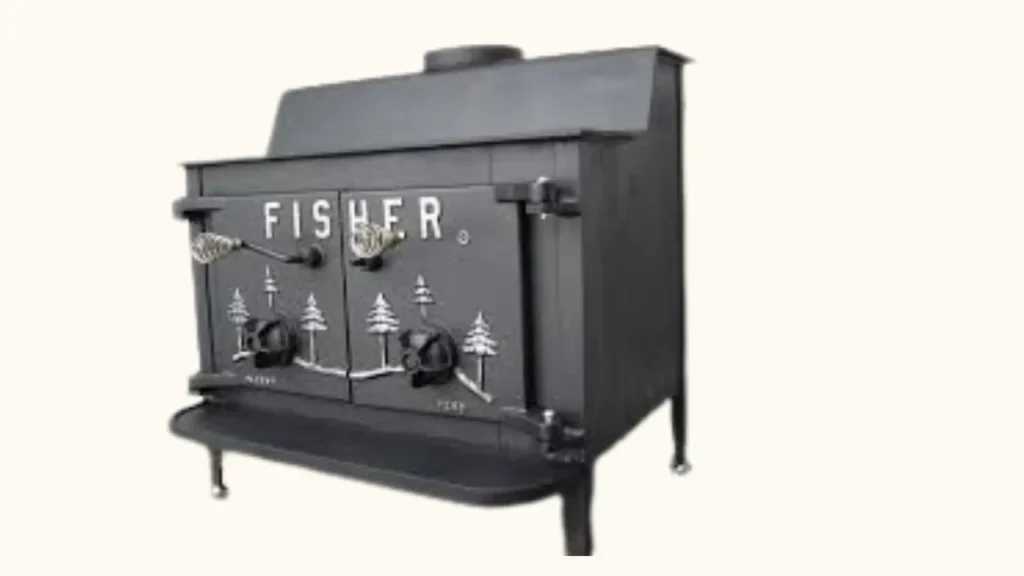
To keep your Grandpa Bear stove running efficiently, regular maintenance is key. This includes:
- Cleaning the stove and chimney at least once a season
- Inspecting the firebricks and gasket regularly for damage
- Checking the damper to ensure it moves freely
Staying on top of these tasks will extend the lifespan of your stove and improve its performance.
Prepping your stove for winter is essential. Before the cold months hit, make sure to clean out any ash, inspect the components, and give the chimney a thorough cleaning. Once the season is over, do another inspection to ensure no damage occurred during heavy use.
Upgrading or Replacing Parts
While the Grandpa Bear is built to last, parts like the door gasket and firebricks will eventually wear out. Always replace these components with the correct parts to maintain efficiency and safety.
You can find replacement parts from specialty wood stove shops or online retailers.
Safety Considerations
Safety should always be a top priority when using a wood stove. Install a carbon monoxide detector near the stove and ensure that all your smoke detectors are functioning.
Additionally, never leave a fire unattended, and always follow proper guidelines when disposing of ash.
FAQs
What is the lifespan of a Grandpa Bear Fisher wood stove?
With proper maintenance, the Grandpa Bear stove can last for several decades.
How often should I clean my wood stove?
It’s recommended to clean the stove and chimney at least once a season, or more often with heavy use.
Can I burn any type of wood in my Grandpa Bear stove?
It’s best to burn seasoned hardwoods like oak or maple for optimal performance and minimal creosote buildup.
How do I know if my stove needs professional repair?
If you notice persistent issues like poor draft, smoke leaks, or damaged components that you can’t fix yourself, it’s time to call a professional.
What are the signs that my chimney needs cleaning?
If you notice increased smoke in your home or a strong creosote smell, it’s likely time to clean the chimney.
Affiliate Disclosure: Fireplaceadviser.com is a participant in the Amazon Services LLC Associates Program. We may earn a commission when you click on certain links on this site and purchase.

Hello!! I am Jamal Khan. I often fix my home electric heaters and gas stove problems and research the common issues in the heating units to improve my knowledge and expertise. The aim of establishing fireplaceadviser.com is to share my expertise and knowledge with my audience.













